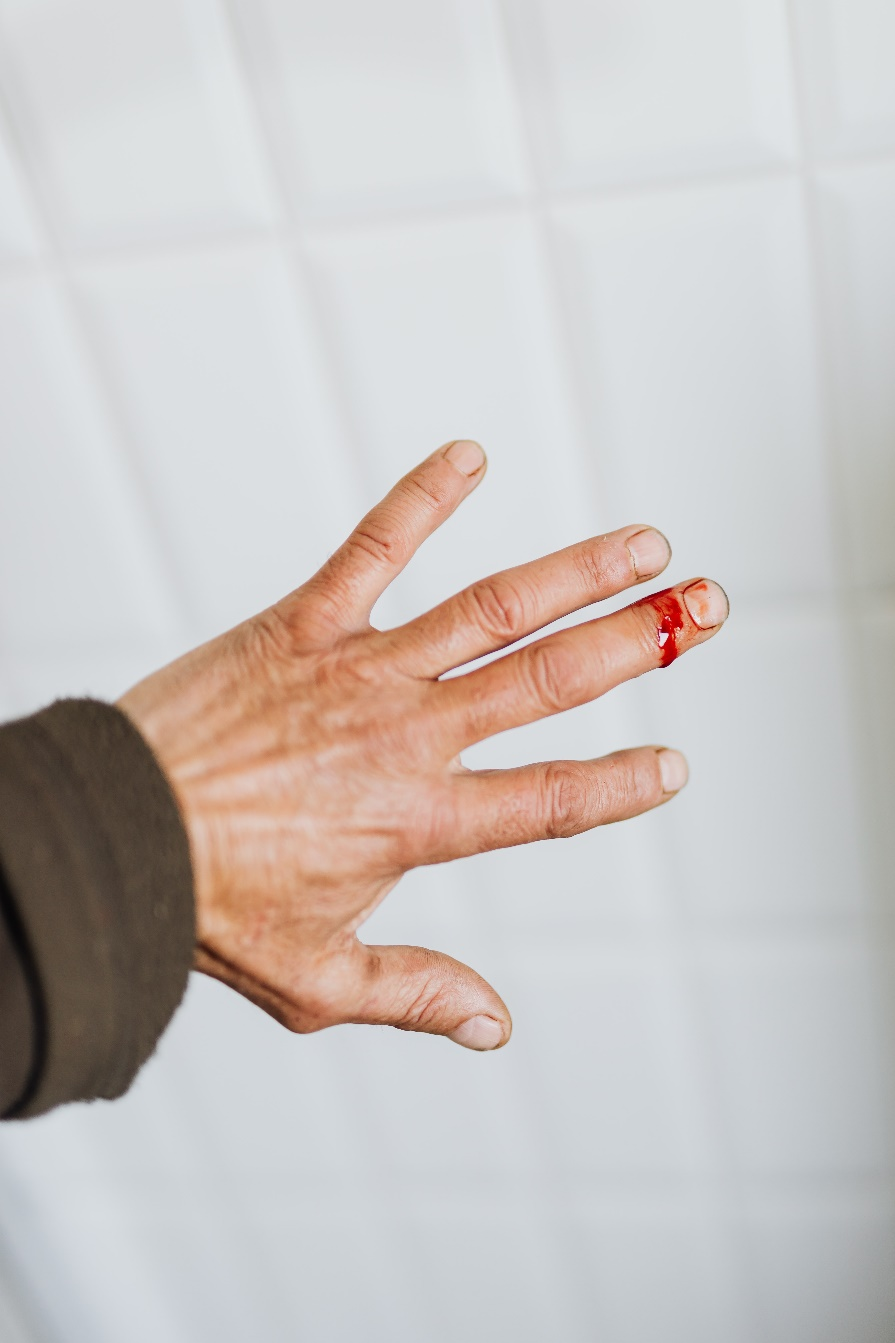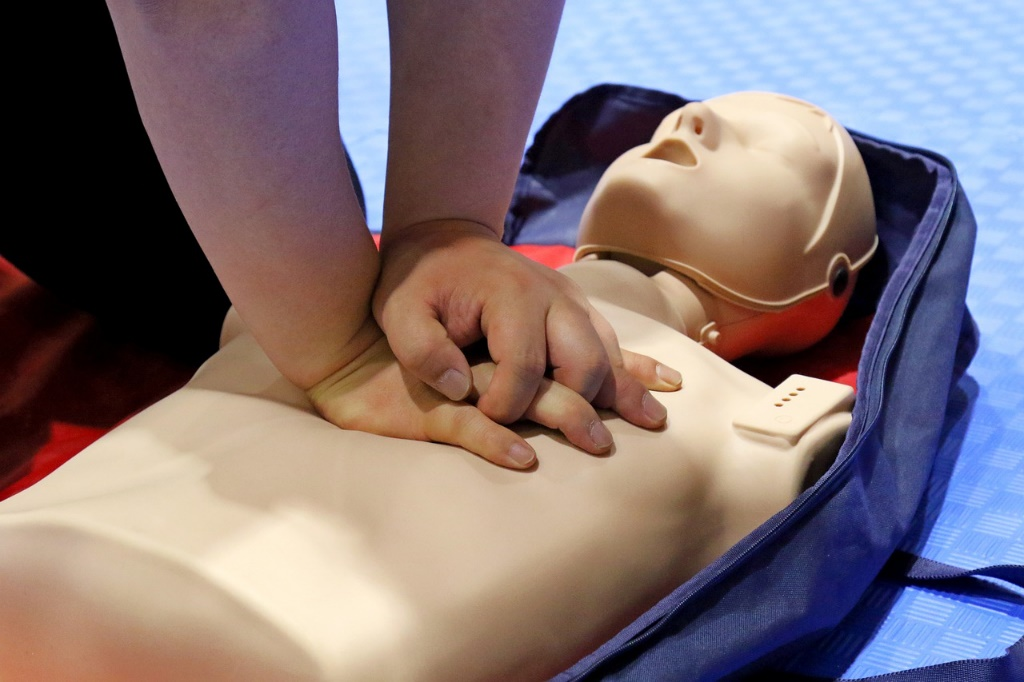If somebody collapses from chest pain in front of you, how would you respond? Emergencies can occur anywhere and anytime. Hence, it’s important to know what to do during a medical emergency.
Medical emergencies can involve people fainting, getting seizures, chest pains, choking, or bleeding. Responses based on each emergency differ, but there are basic procedures you must remember if a medical emergency occurs:
Take a Deep Breath
Firstly, take a deep breath! Staying calm will help you think more clearly and immediately call 911. Panic in such a situation does not help anyone. If you can’t help safely, it’s better not to get involved because it might put someone else in jeopardy.
Call 911 Immediately
Calling 911 is one of the first things you should remember to do in a medical emergency. The cops will dispatch an ambulance and paramedics to your location and guide you on how to proceed with first aid.
Give CPR
One of the first things a 911 operator will ask you regarding the medical emergency is if the person is breathing or has a pulse. If the individual does not have a pulse, the operator will tell you to start CPR. But what if you don’t know CPR? That’s okay because 911 operators are trained to teach CPR over the phone. You will be asked to do chest compressions. If you wish to learn to respond to an emergency better, register yourself in CPR courses in BC at Metro Safety Training.
Heimlich Maneuver
Choking is a common medical emergency. If a kid starts to choke on the dinner table next to yours, check to see if they’re still coughing. If the kid is not coughing, perform the Heimlich maneuver. However, if they’re still coughing, doing the maneuver or patting on the back will make things worse. Leave it until they work it out themselves or until the coughing stops, and the kid turns red in the face. That means the airway is blocked, and it’s safe to do the Heimlich maneuver.
Put Pressure On Bleeding Wound
People might think they will bleed out from a finger cut, but that is highly unlikely. Our body can hold nine units of blood, and the body parts that bleed a lot are our fingers, scalp, and toes. Nosebleed and vaginal cuts can also bleed a lot. But unless it is a deep cut, you’ll not be in danger of bleeding out.
In an emergency, you encounter someone with an open bleeding wound, bundle up a cloth and put pressure on the site or tie it around the appendage if possible to increase pressure. And immediately call 911 for help.
 Even though you know the basics of first aid, you can always consider enrolling yourself in emergency first aid training and standard first aid training to prepare for any medical emergency.
Even though you know the basics of first aid, you can always consider enrolling yourself in emergency first aid training and standard first aid training to prepare for any medical emergency.
At Metro Safety Training, we offer workplace safety training, occupational first aid levels 1,2,3 training, first aid training courses, and much more. Get in touch with us for more information!







